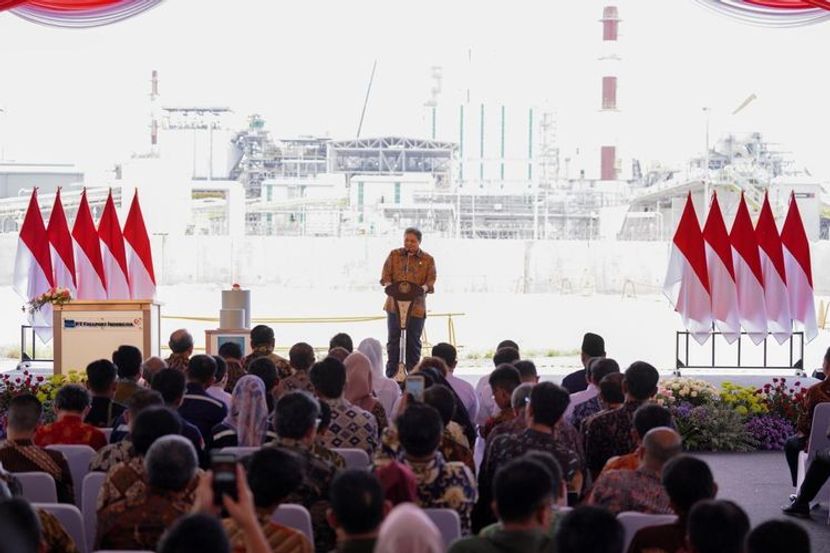World's largest single-line copper smelter officially inaugurated in Indonesia

The Government has initiated a downstream industrial policy, which is expected to be able to support the national economy in increasing value addition and is one of the keys to maintaining the resilience of the national economy.In order to support this downstream policy, the role of domestic offtakers is very important, including users of copper raw materials. In addition, Indonesia currently relies on imported products for the supply of downstream copper products it needs, such as copper tubes, copper strips and copper evaporators. Components required for the production of electric vehicles, such as cables, inverters and batteries, also still use imported products. To meet these needs, the government continues to encourage downstream processing by the processing industry in the Special Economic Zone (KEK). The Coordinating Minister for Economic Affairs (Menko) said recently at the inauguration and operation of the PT Freeport Indonesia (PTFI) smelter that the inauguration of this plant is timely as renewable energy is now becoming a trend and the renewable energy trend requires key minerals, one of which is copper.The PTFI smelter is the world's largest single-line copper refinery, which has a capacity to refine up to 1.7 million tons of copper concentrate per year. The 100-hectare project is located in KEK, Java Integrated Industrial Port Area (JIIPE), Gresik, East Java, with a cumulative investment of Rp 58 trillion, or about US$3.7 billion.
This investment will not only benefit domestic companies, but will also create a multiplier effect for the people of Grayslake County. Together with the smelter operated by PT Smelting, the two companies will refine 3 million tons of copper concentrate annually, producing approximately 600,000 tons of copper cathode, 50 tons of gold and 200 tons of silver annually. With the smelter in operation, all copper concentrates produced by PTFI can be processed and refined domestically, including PT Smelting's anode sludge. The Coordinating Minister said that the integration of the mines is for the end product, and through this integration, 50 tons of gold production is subject to royalty payments, and since this is an integration from the mine to downstream, there are also royalty payments for silver, so of course, the government is getting a lot of revenue. He hopes that PTFI's presence in Gresik KEK will be an attraction in forming a region that supports the downstream (especially electric vehicle) ecosystem. As of March 2024, Gresik KEK has an investment of Rp 75.2 trillion and has absorbed more than 35,000 workers. In the future, Indonesia will be able to increase its exports and if Indonesia's exports are strong, the rupiah will remain stable. For example, nickel and palm oil exports amounted to $55 billion, then oil imports were $40 billion, so in effect there is a natural hedge. In addition to inaugurating the PTFI smelter, the Coordinating Minister and his party inspected the PTFI smelter area, visiting the dock area, anode casting and the central control building. During the press conference, he also conveyed to the media personnel the role of PTFI smelter operations in maintaining the country's economic resilience.

